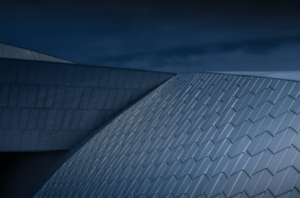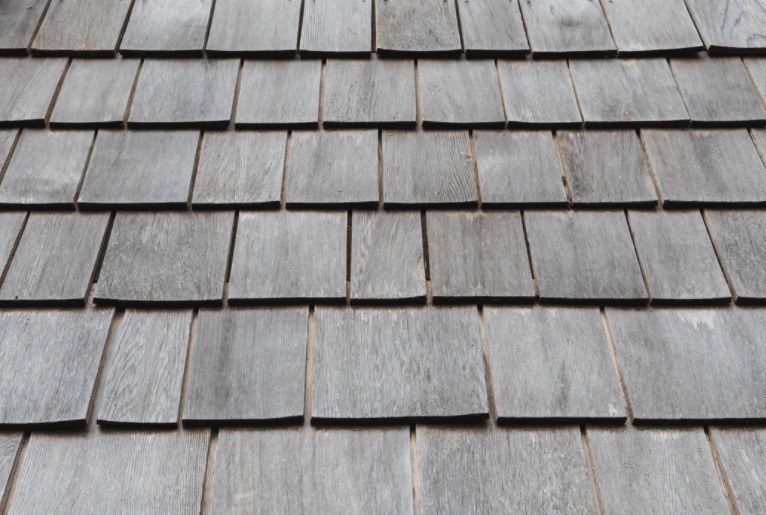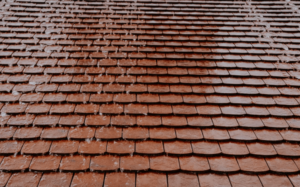Sustainability and energy efficiency are primary considerations in roofing, home design, and renovation in 2020. With this in mind, there is no better place to start than with the roof and choosing energy-efficient shingles.
As a home’s first line of defense against nature’s elements, the roof can go a long way toward dictating a home’s overall energy needs. Some ways that the roof may influence energy efficiency include:
- The amount of insulation it provides in times of extreme temperature
- How it interacts with the sun. How does it reflect, absorb, and radiate solar energy?
- How susceptible it is to damage that may lead to air and moisture leaks
- If it uses any PV cells to generate renewable electricity
- The overall energy resources required in installation, maintenance, and repair
There is no shortage of energy-efficient roofing shingle lines on the market, available from thousands of vendors nationwide. Not all of these products are created equal, and it is essential to compare the most popular roofing materials and see how they stack up in terms of energy efficiency.
Are Asphalt Shingles Energy-Efficient?
No matter the material, a new roof is the place to start when seeking energy efficiency. Any roof is better than no roof at all.
If a home requires a new roof and you are on a budget, then new asphalt shingles can help you create a more energy-efficient home. New asphalt shingles are easy to install and do a decent job protecting the home from air and moisture leaks in their early years.
Unfortunately, the drawbacks to asphalt shingles are many. Although they can come in various colors, black is the most common. These dark shingles absorb heat and readily pass it into the home with little insulative value, creating an interior furnace that only heavy AC usage or proper attic ventilation can alleviate. In addition, asphalt shingles have limited useful lives, with some legacy budget options beginning to deteriorate in as little as 15 years.
Ceramic Tiles
For people living in warmer climates who do not want their AC running 24/7, ceramic and concrete tiles make for a viable roofing option. The high thermal mass of these materials helps limit heat transfer into the home, and the high thermal mass also means that it takes a lot of solar energy to get ceramic tiles to change temperature. In addition, the heat absorbed is slowly radiated into the building’s interior, meaning that the building stays comfortable all day with only minor AC needed during the day’s warmest hours.
On the flip side, ceramic tiles are heavy and difficult to install. While longer lasting than asphalt, they may require frequent maintenance and are porous to moisture without proper sealant. They can also crack due to high winds, heavy precipitation, or debris impact, and any of these factors could cause damage that causes increased energy consumption.
Composite Shingles
Composite shingles are materials that use technology and synthetics to create quality roofing solutions. The appearance of wood shakes, stone tiles, and rubber slate roofs are popular choices, and now customers can get nearly identical aesthetics with increased energy efficiency by choosing composite shingles. Some composite shingles have a useful life of at least 50 years and have a very high fire, wind, and impact resistance ratings. Composite shingles also allow for simple installation and maintenance to help ensure that as few resources as possible are required to keep your home airtight.
The primary downside to composite products is the significant potential quality difference between manufacturers. Some provide a subpar quality product while still having a high initial cost compared to asphalt shingle roofing materials.
Solar Shingles

Sustainability is a strong appeal of having an attractive roof that produces energy, goes without saying. The main drawbacks of solar shingles include high up-front costs and a shorter lifespan than more durable roofing products, with solar shingles losing their essential roofing and energy-creating prowess after 15 to 20 years of use. Those 15 to 20 years of renewable energy generation can help recoup the high upfront costs.
Ideas to Pair with Energy Efficient Shingles
Energy-efficient shingles are a great choice when it comes to home design. However, while a quality roof is a great place to start, other steps to take in creating an energy-efficient roof include:
- Using framing materials high in thermal mass, such as insulated concrete forms
- Adding window trim and sealing windows for winter to help ensure no unwanted air transfer through the building envelope
- Lining the ceiling and walls with high-quality polyiso insulation
Conclusion
As society increasingly promotes sustainability, energy-efficient shingles are highly desirable products to consider for your roof. When looking to make a structure energy-efficient, the roof is a great place to start, as it provides an initial layer of insulation and helps regulate air and moisture transfer into your building. By carefully comparing the pros and cons of different roofing shingles, you can find the ideal product to make your home as energy-efficient as possible.
Like what you read? Check out our guest writer:
Matt Lee is the owner of the Innovative Building Materials blog and a content writer for the building materials industry. He is focused on helping fellow homeowners, contractors, and architects discover materials and methods of construction that save money, improve energy efficiency, and increase property value.


